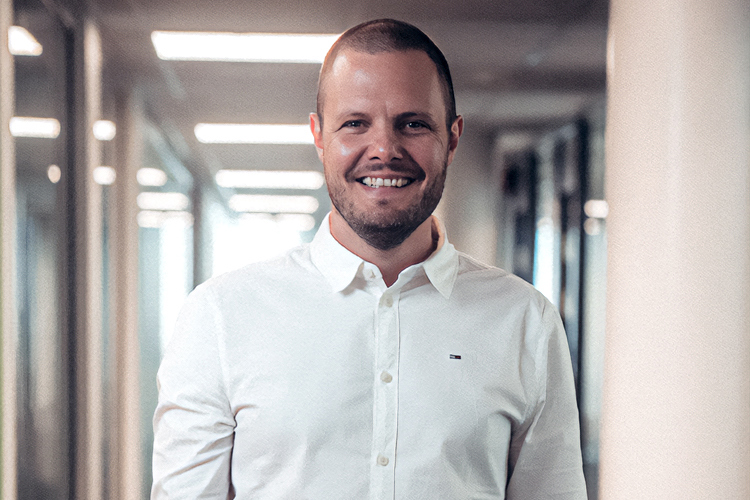Are you ready to rethink your, and your company’s, approach to ERP?
Most businesses now see cloud ERP as a must-have. Many businesses have already moved to the cloud, while others are well underway or planning how to get there. Cloud ERP is in focus for a number of good reasons. One of the most important right now is that AI and modern digital technology only really make sense in the cloud.
So getting to the cloud is important, but “how” you get there also matters. It is critical to make sure you do not constrain your operational flexibility, or stall your future potential by sticking to on-premise ways of doing things even if your system is cloud based. If you do this, the consequences can be severe.
We experience early cloud movers asking us for help to investigate whether their cloud ERP can be fixed to fit the needs of their business, or if they are facing a re-implementation of what could, and should, have been an evergreen platform! Ouch!
If you do it right, the move to the cloud can, among other things, increase business resilience, enable faster time-to-market, lay the foundation for a data-driven organization, and enable businesses to adopt AI and digital technologies at speed. The secret is to embrace the future with a focus on preparing for AI and digital from the beginning.
In an earlier article, I outlined the difference between the four stages of technology investment: IT 1.0 to IT 4.0.
In IT 1.0-2.0, cloud ERP is seen as a necessary cost, whereas in IT 3.0-4.0 it is seen as an enabler of business aspiration and value.
Today, ERP is no longer a destination, it is a journey. It is not just about getting a new ERP, it is about getting ready for a future fueled by AI and digital technologies (see the illustration below).
Illustration: IT 1.0 to IT 4.0

In other words, moving to cloud is less about ERP ‒ even though it’s often a large part of it ‒ it is more about preparing for the digital age. We call this becoming “future-ready” (see the illustration below).
Once in the cloud, the focus for many businesses is to use AI and digital technologies to optimize the business, create new employee experiences and build a resilient technology foundation for daily business. We call this “future-fit”. After moving to the cloud, businesses can focus on accelerating value through optimization, automation and intelligent AI-enabled assistance.
Illustration: ERP is no longer a destination, it’s a journey

Step three is about transforming the business to rethink or introduce new business models, establish completely new management paradigms, new operating models, new customer experiences, etc.
The above figure is, of course, only illustrative. Digitally savvy or ambitious businesses accelerate the digital transformation of their organizations. We have helped organizations like this create business models to enable the evolution of new business areas during their cloud journeys and developed strategies and transformation road maps to help them become market leaders.
So this article is, in essence, a note of caution. If you are not already in the cloud, consider carefully how you plan the journey ahead, and how you choose a partner that you can trust to challenge traditional “on-premise” ways of thinking. A partner that can guide your business into a “future-ready” (IT 3.0) state and help you on your journey into the age of AI and digital (IT 4.0).
The future of your business depends on the choices you make here and now.
This is the second in a series of Digital Empowerment articles that focus on the fast pace of technology innovation and the implications this innovation will have for your businesses.
-

Thomas Munksgaard
Management consultant, Cepheo
Thomas Munksgaard er managementkonsulent og digital fasilitator og medlem av vårt strategiske rådgivende styre hos Cepheo – en ledende Microsoft-økosystempartner i Skandinavia.




